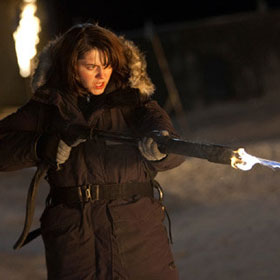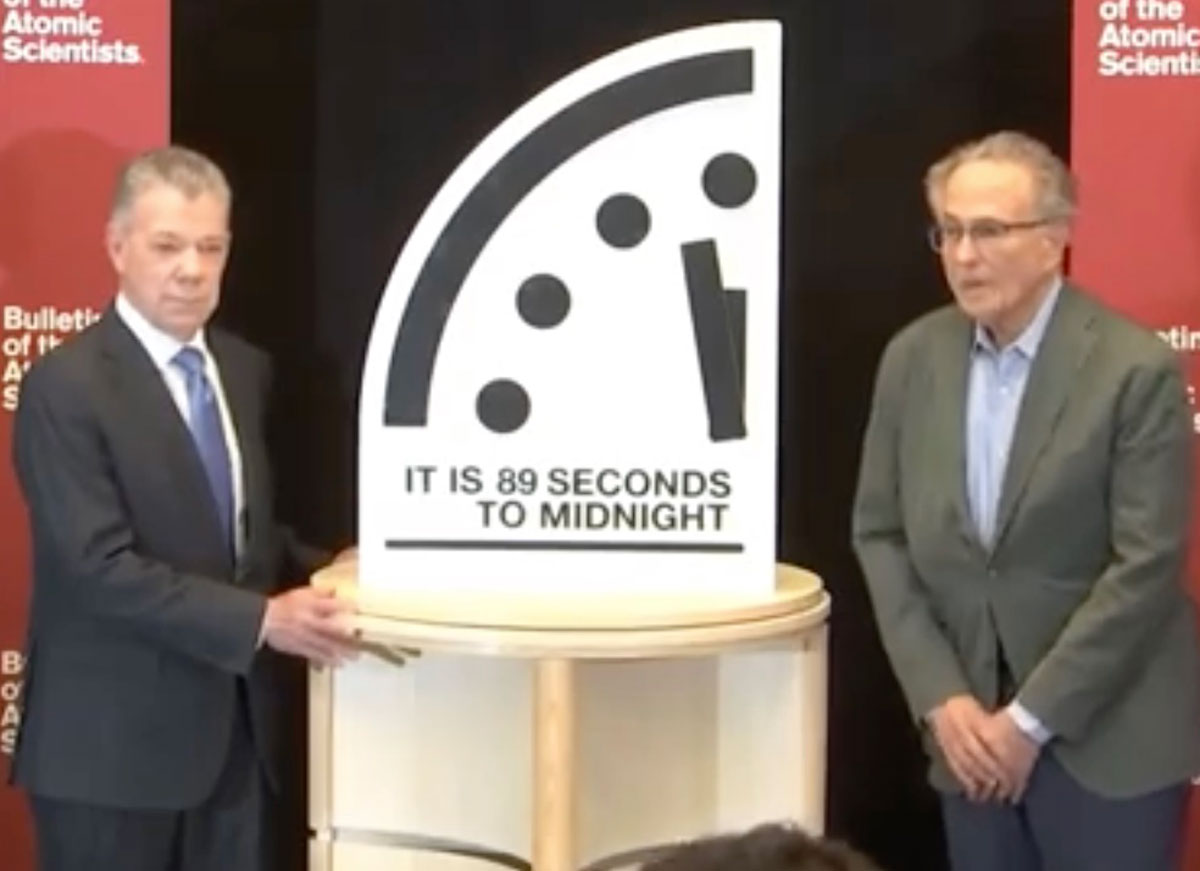The Thing

1/5
At the end of John Carpenter’s 1982 stone-cold horror classic, The Thing, with the Arctic station obliterated and their only means of escape burning wreckage, Kurt Russell’s MacReady and Keith David’s Childs – last survivors of an alien attack – sit shivering, bloody and wounded, together in the show. “What do we do?” asks Childs, to which MacReady replies fatalistically: “Why don’t we just wait here for a little while, see what happens?” It’s on this note that the film ends and the credits roll. We never see the two men’s bodies entombed in the frozen wastes, and we don’t need to. You see, one of the things that makes John Carpenter’s films so enduringly popular – and The Thing more than any other – is that he understood what Dutch director Matthijs Van Heijningen apparently doesn’t; that when it comes to horror, there is nothing that you can ever show on screen more terrifying that what the viewers can project for themselves.
Therein lies the fatal flaw in this joyless, wholly unnecessary prequel to a story that was already ostensibly a remake. It not only offers absolutely nothing new to the canon, but it actively erodes your enjoyment of the original by somehow managing to crudely ape its mannerisms (which is kind of ironic when you think about it) while simultaneously pissing all over its legacy. Was anyone, even the original’s most ardent fan, really clamoring to definitively know what went on at the decimated Norwegian outpost? Wasn’t the horrifically chaotic slaughter fleetingly suggested by Kurt Russell’s recon visit effective enough? The folks at Universal apparently didn’t think so.
Clumsily illuminating all the darkness and bloodshed that was previously left to the audience to imagine, the prequel seeks to chronicle the fate of the Norwegian expedition who stumbled upon the creature’s distress signal, and whose eagerness to write their names into history caused them to free it from its icy prison. Mary Elizabeth Winstead’s paleontologist (yep, you heard that right) and Joel Edgerton’s chopper pilot are the obligatory American leads (because really, who is going to pay money to watch a bunch of Norwegians, right?). But they, in all honesty, could be planks of wood for all the difference it would make. It’s not even that the film is bad, just so mind-numbingly derivative.
Puzzlingly, this is not the origin story that the simple logic of natural narrative progression would suggest. There is no more insight offered into the creature’s genesis, identity, or psychology this second time around (which again begs the question, why bother?). Rather Van Heijningen simply rehashes the major beats of the original with a much weaker script, lesser actors, minimal character definition, and a zero tolerance policy on anything approaching a sense of humor (which the original had in spades, make no mistake). Rather stuff just happens in front of you for the better part of two hours while you fiddle with the change in your pocket and wonder if you left the stove on?
It’s hard to imagine how a film this relentless paced can be so dull. Barely is there time to pause for breath as the picture races from one hollow set piece to the next, trading suspense for copious amounts of gore. Crucially, the most egregious act of disrespect to Carpenter's classic is the complete and utter eradication of anything that might remotely resemble fun that its helmer seems determined to perpetrate. At the core of Carpenter’s claustrophobic terror – reflective of it was of America's Cold War paranoia – was the basic admission that the entire premise was faintly ridiculous to begin with. To illustrate, one need only revisit the now iconic scene where the fellow’s decapitated head sprouts tiny legs and attempts to quietly scuttle out of the room, inviting Palmer to beg the same question of Carpenter that the audience is asking at that point: “You’ve gotta be ******* kidding me?” Well, yeah, he kinda was.
RELATED ARTICLES
Get the most-revealing celebrity conversations with the uInterview podcast!





Leave a comment